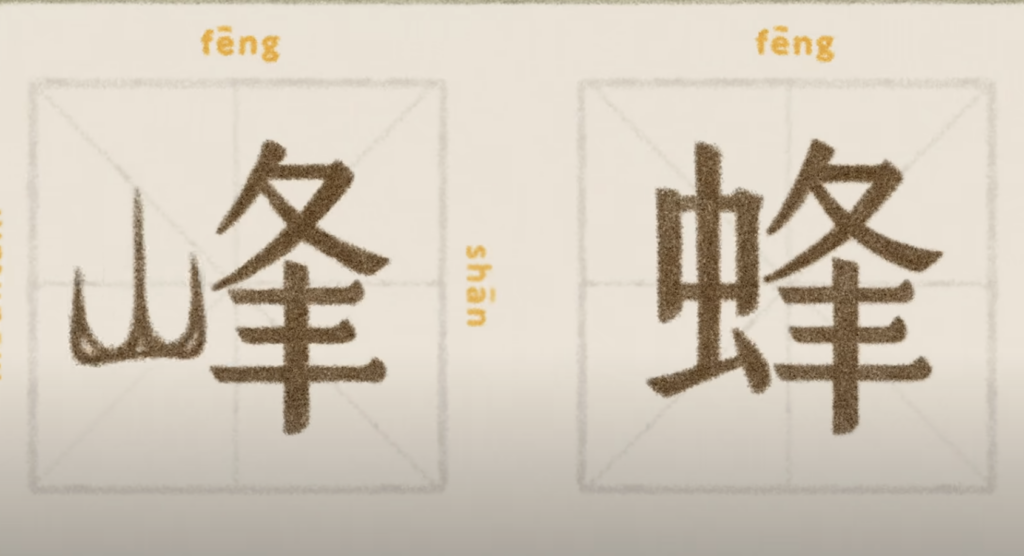
"Chinese characters, contrary to popular belief, are not merely pictures; they predominantly represent distinct morphemes, revealing a complex language system that goes back centuries."
"The evolution of Chinese characters traces back to oracle bone script from the 13th century BC, initially depicting concrete ideas but evolving into a more abstract language."
Chinese characters or 'hanzi' are often misunderstood as mere pictures; however, they primarily function as logographs, each representing a distinct morpheme. Tracing back to the ancient oracle bone script from the 13th century BC, many characters exhibit pictographic roots. To achieve literacy, learning 3,000 to 5,000 characters suffices. A TED-Ed lesson visually illustrates the transition from concrete representations to abstract concepts in hanzi. Further insights into the structure of characters can be found in the Mandarin Blueprint series, exploring both simplified and traditional forms.
Read at Open Culture
Unable to calculate read time
Collection
[
|
...
]